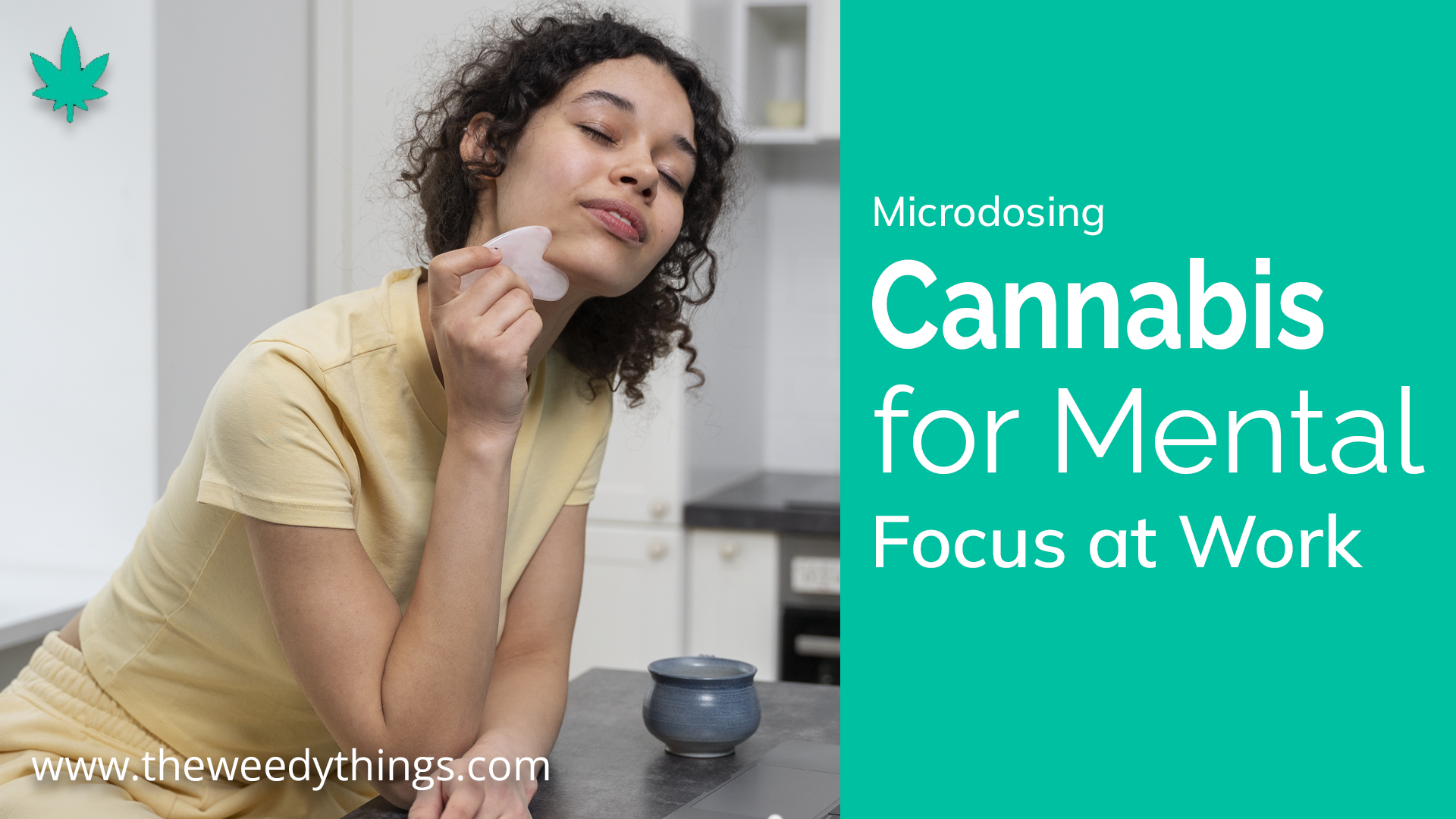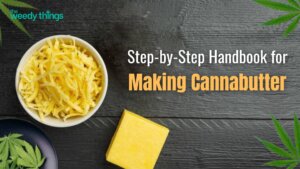Cannabis is often associated with relaxation, creativity, or getting “high.” But what if a very small dose—called a microdose—could actually help you focus better, think more clearly, and stay productive throughout your workday?
Let’s break down how microdosing cannabis works, the science behind its impact on mental clarity, and how professionals are safely using this practice to boost focus, creativity, and productivity—without impairing performance.
What Is Microdosing?
Microdosing refers to taking very small amounts of a substance to achieve subtle therapeutic effects without any strong psychoactive impact. In cannabis, this means using low doses of THC or CBD (or both), so you feel functional and focused, not high.
Typical microdose range for THC:
1 mg to 2.5 mg per dose
(Some people start with as low as 0.5 mg)
How Microdosing Cannabis Affects the Brain
Cannabis works by interacting with your endocannabinoid system (ECS), which regulates mood, memory, focus, and more. Small doses of THC or CBD can activate brain receptors in a way that promotes:
- Increased dopamine release
- Sharper focus and mental clarity
- Reduced anxiety or overthinking
- Improved task-switching and creativity
Too much THC can do the opposite—cause brain fog, paranoia, or demotivation—so the key is low, precise dosing.
Benefits of Microdosing Cannabis at Work
1. Enhanced Mental Focus
A small dose may help reduce distractions and improve your ability to focus on tasks, especially repetitive or technical work.
2. Improved Mood
Microdosing may reduce stress or tension, making you more emotionally resilient in a fast-paced or demanding work environment.
3. Boosted Creativity
Creative professionals often report enhanced idea flow and out-of-the-box thinking with microdosing.
4. Less Anxiety, More Confidence
Low doses of cannabis—especially with CBD—can reduce social or performance anxiety, making presentations or meetings easier to handle.
5. Fewer Burnouts
Microdosing can help maintain emotional balance throughout the day, minimizing burnout and fatigue.
How to Microdose Cannabis for Focus
Description of the Step
1. Select the Proper Item Start with a 1:1 CBD:THC product or low-THC cannabis.
2. Select the Appropriate Delivery For precise control, experiment with foods, sublingual tinctures, or low-dose vape pens.
3. Go Slow and Start Low Start with no more than 1 mg of THC. Before increasing, wait for at least two hours.
4. Monitor the Impact Track your feelings, level of focus, and productivity with a notebook or app.
5. Time Is of the Essence Don’t take microdoses at random; use them before creative periods or during concentrated work blocks.
Things to Watch Out For
- Don’t overconsume: Even slightly going over the microdose level can impair your focus.
- Not legal everywhere: Make sure you follow local laws and workplace policies.
- Not for everyone: Some people are more sensitive to THC, so start extra low if unsure.
- Avoid smoking: It’s harder to control dosage and can disrupt lung health.
Frequently Asked Questions
No. A microdose is designed to be sub-perceptual, meaning you won’t feel high or impaired. The goal is to feel slightly more alert, calm, or creative, not intoxicated.
Yes. CBD-only microdosing can still offer anxiety relief and improved focus, though the effects may be milder than a low THC-CBD combination.
In general, yes, but it depends on your tolerance, health status, and legality. Long-term use should be monitored and adjusted to avoid tolerance build-up.
Look for sativa-dominant strains with limonene, pinene, or terpinolene—these terpenes support clarity and alertness. Avoid heavy indicas or high myrcene strains during work hours.
Tinctures: 15–30 minutes
Edibles: 45–90 minutes
Vapes: Almost instant
Always wait before re-dosing to avoid overconsumption.




